Pounding potential [POP] - jcgomezz/Building_taxonomy GitHub Wiki
Insufficient or no seismic separation gap between buildings thus allowing them to pound and damage each other. A building can have pounding potential if the gap between buildings is less than 4% of the height (h) of the lower building, e.g. less than 400 mm for h = 10 m.
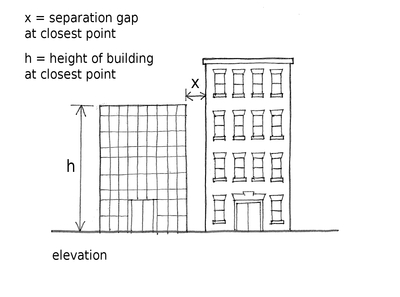
If x is less than 4% of h, the buildings can have pounding potential.


Many adjacent buildings in urban centres without a separation gap have pounding potential, Seattle, USA (S. Brzev)
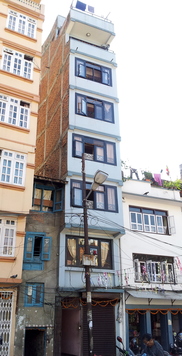
Adjacent buildings of different height, pounding potential, Kathmandu, Nepal (K. Porter)
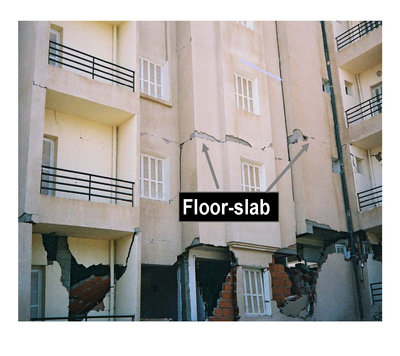
Two adjacent reinforced concrete buildings on a sloped ground suffered a major damage in the 2003 Boumerdes, Algeria earthquake; the buildings had an inadequate seismic gap, and the pounding effect was significant due to floor slabs at different elevations (S. Brzev)
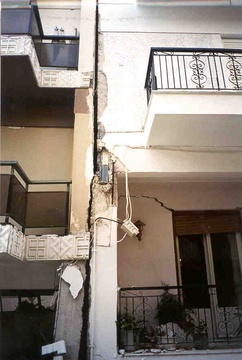
Damage due to pounding in reinforced concrete buildings with floors at different elevations in the 1999 Athens earthquake (A. Pomonis)
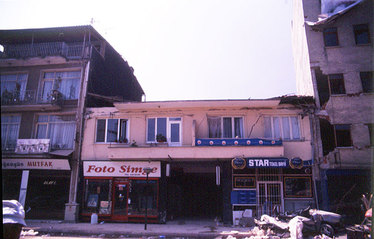
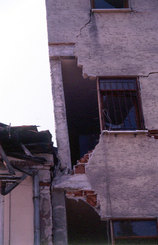
Pounding damage in adjacent buildings of different heights affected by the 1999 Turkey earthquakes (Gulat, Ascheim, and Spence, World Housing Encyclopedia Report 64)

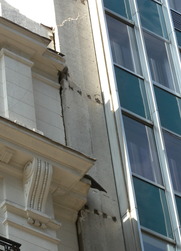
Pounding damage in Santiago due to the 2010 Chile earthquake (S. Brzev)


Damage to an unreinforced masonry building in Santiago due to the pounding effect in the 2010 Chile earthquake (S. Brzev)

Pounding damage due to the 2010 Chile earthquake (S. Brzev)


Adjacent buildings without seismic gap, pounding potential, San Francisco, USA (C. Scawthorn)


Adjacent buildings of different height without seismic gap, pounding potential, San Francisco, USA (C. Scawthorn)